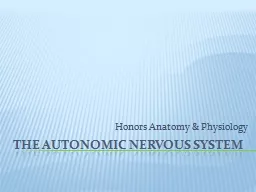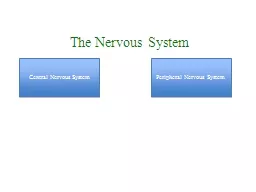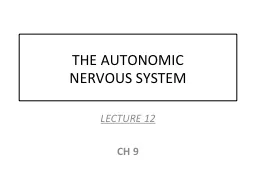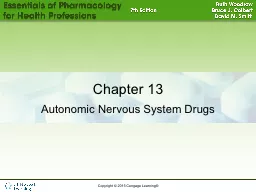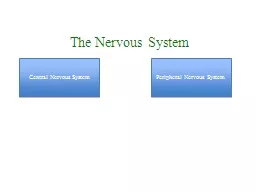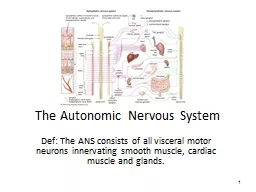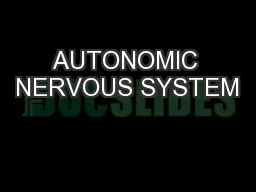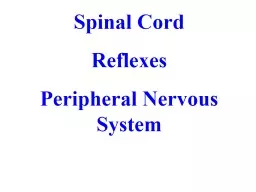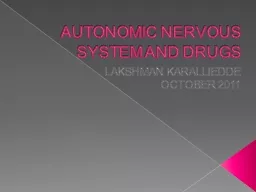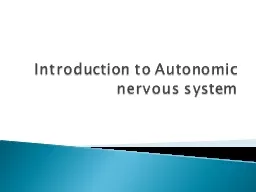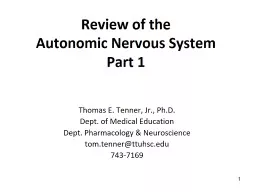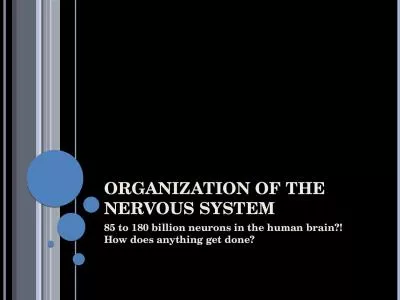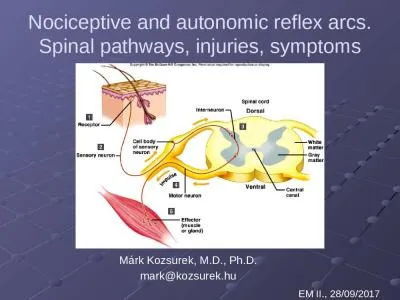PPT-The Autonomic nervous system
Author : tawny-fly | Published Date : 2020-04-02
Honors Anatomy amp Physiology ANS in PNS operates via reflex arcs includes autonomic sensory neurons integrating centers in CNS autonomic motor neurons Autonomic
Presentation Embed Code
Download Presentation
Download Presentation The PPT/PDF document " The Autonomic nervous system" is the property of its rightful owner. Permission is granted to download and print the materials on this website for personal, non-commercial use only, and to display it on your personal computer provided you do not modify the materials and that you retain all copyright notices contained in the materials. By downloading content from our website, you accept the terms of this agreement.
The Autonomic nervous system: Transcript
Download Rules Of Document
" The Autonomic nervous system"The content belongs to its owner. You may download and print it for personal use, without modification, and keep all copyright notices. By downloading, you agree to these terms.
Related Documents

